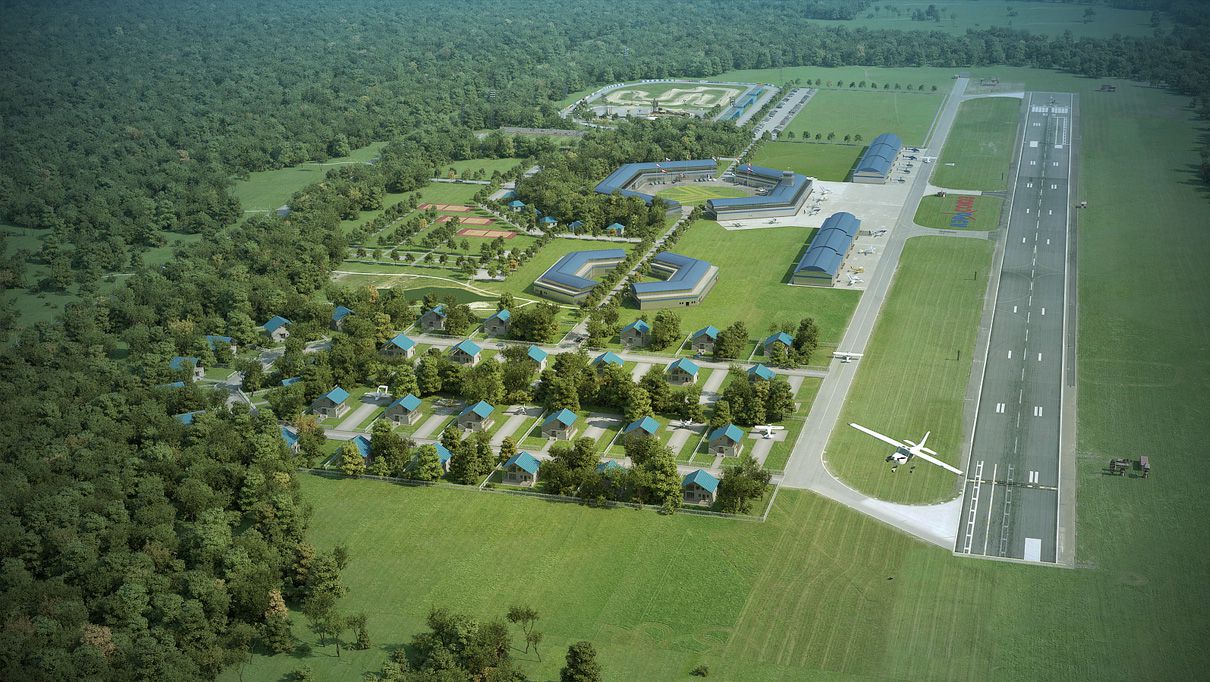Mental Ray 3ds Max 2013
Nvidia is giving away the latest Mental Ray release, Mental Ray 3.14, to 3ds Max and Maya users. Arnold Render is now the default renderer in Max 2018 and Maya 2017, and it’s a powerful easy to use tool, however, this download is extremely helpful if you’ve upgraded and need to open an older project.This is the fine print: “Mental Ray for 3ds Max is FREE to use within an interactive 3ds Max session. A Mental Ray license is only required when you render outside of a 3ds Max session. Your license then enables rendering with headless 3ds Max, Mental Ray Satellite or Standalone mode, as well as the separately available NVIDIA Iray for 3ds Max plug-in.”Related News.Posted by Michele Yamazaki.
3ds Max 2013 Torrent

Mental Ray 3ds Max 2018 Download

. 51 Likes.In this tutorial you can learn how you to set up and light a 3ds max exterior scene with a and mental ray. While hdri lighting is not very complicated it´s necessary to know some details in order to get a useful result.The VP HDRI Skydomes have a very high dynamic range, which is best to create sharp sun shadows.
Also they have an accurate white balance that will bring convincing and colorful lighting into your scene with a few clicks.Basically you just need to follow 3 main steps: First to create a standard skydome light, then create background map and third the proper exposure settings. (1) Create a skydome light. First you need to create a standard Skylight and place it anywhere in the scene.
Then you need to add the hdri skydome to the texture map color slot of the Skylight so the skydome is used light up the scene. You can use a simple bitmap map for the moment.
We will later see how you can adjust gamma and exposure within this slot, but for now, let´s keep it simple. Make sure that you set map amount to 100% and check “√ Sky Color” in the Skylight.Within the bitmap shader you need to set the mapping correctly, otherwise the lighting will look strange.
Set the mapping to Environ and Mapping type to Spherical Environment. (2) Use the same hdri for the backgroundYou can skip this step if you want to use specific backplates for your background or if you add a background later in compositing / photoshop.
If you want to use the same hdri skydome also for the background, here are some additional steps. Within the Environment and Effects add a new map called Gamma & Gain. It´s a standard map that can be used to change the gamma and exposure on another map. Within this map in the input map slot create an INSTANCE of the original hdri skydome bitmap that you created before for the skylight. If you create a copy, you can later change the direction of the background independently from the skylight light direction.
If you create an instance, both will be rotated in sync.Now the skylight and the background are prepared. If you render now, you will probably get wrong lighting and over- or underexposed images. So we need to adjust the camera / exposure settings to match the lighting and background. (3) Setup the photographic exposureWithin the Environment and Effects dialog, choose “mr photographic exposure”.
This will give you access to color mapping, exposure and other parameters that need to be adjusted according to your light and background setup. To match the exposure to the light you have to adjust the following parameters:. Skylight strength. Exposure Value (EV). Gamma SettingsThese are photographic parameters and work the same way like a normal camera. There are lots of tutorials on the web explaining photography and we don´t want to go into too much detail here.
Daylight In 3ds Max
As the settings may vary strongly depending on the used hdri map, it´s not very useful to define specific settings here. But a good starting point for the EV would be something between 5.0 and 15.0 with a Skylight value of something between 1.0 to 10.0. Anyway it´s necessary to play around with these parameters in order to get a good result.All of the VP HDRI Skydomes include 3ds max scenes with proper light and camera settings, so you can just go ahead and start rendering your own scene. First off I would like to say thank you for your products. They are high quality and have improved my abilities greatly. Likewise for the tutorials you provide.To tag on to what Flash Raged said, here is an example image of using the HDR skydome 2, using the steps and settings provided in the tutorial.The bright sun is reflected on the teapot (using Arch&Design Polished concrete default) but a shadow is not cast.
There are contact shadows on the plane below bc I have enabled AO for that material. So the question is, what is the default setting we should use to get the shadows to cast from the HDR skydome? Or can shadows be cast this way at all in mental ray?Thank you,Stefan.